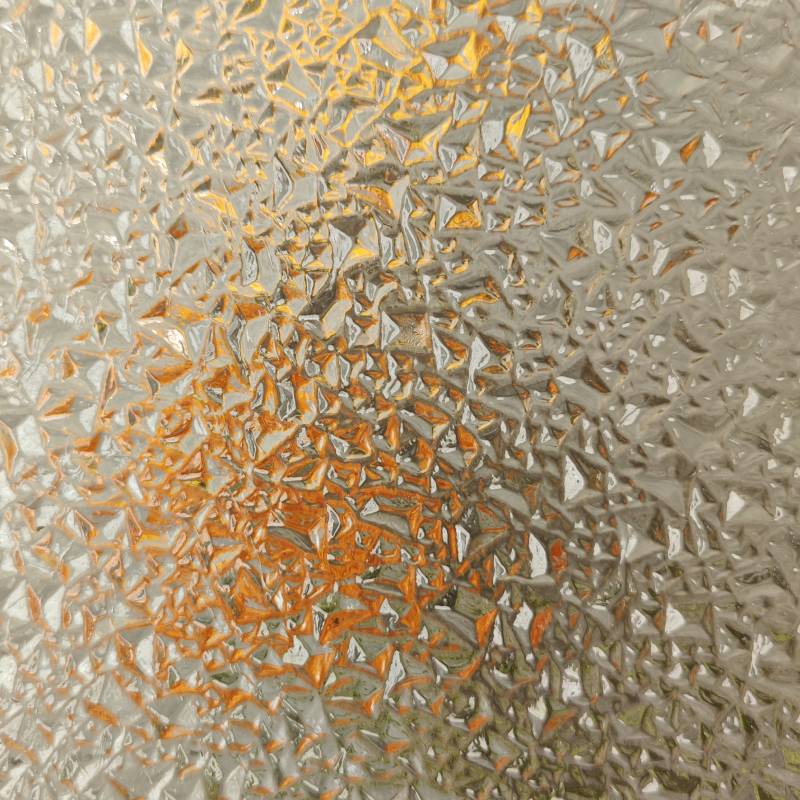

Understanding Low-E Glass Advances in China’s Production and Applications
Low-emissivity (Low-E) glass is a remarkable innovation in the construction and architectural industries, particularly in energy-efficient designs. Its unique properties not only enhance the aesthetics of buildings but also significantly contribute to energy conservation. In recent years, China has emerged as a global leader in the production and application of Low-E glass, setting benchmarks in technology and sustainability.
What is Low-E Glass?
Low-E glass is a type of energy-efficient glass that has been treated with a microscopically thin coating. This coating reflects heat while allowing light to pass through, effectively managing solar gain and loss. The primary purpose of Low-E glass is to reduce the amount of ultraviolet (UV) and infrared light that can penetrate through the glass without compromising visible light transmission. This quality contributes to maintaining a comfortable indoor temperature, thereby reducing reliance on heating and cooling systems.
The Importance of Low-E Glass in China
As one of the world's largest construction markets, China has seen a dramatic shift towards energy-efficient building practices. The country is facing significant challenges associated with urbanization, pollution, and energy consumption. The adoption of Low-E glass plays a crucial role in mitigating these issues. Residential and commercial buildings using Low-E glass tend to consume less energy, leading to lower utility bills and a reduced carbon footprint.
Advances in Production Technology
China's advancements in Low-E glass technology have been noteworthy. The country has heavily invested in research and development, leading to improved manufacturing processes. Chinese manufacturers have upgraded their production lines to incorporate advanced coating techniques, resulting in glass products that have superior thermal insulation properties. The use of magnetron sputtering technology has particularly revolutionized the application of Low-E coatings, allowing for a more uniform and durable finish.
Additionally, China’s ability to produce Low-E glass at scale has driven prices down, making it more accessible to builders and homeowners alike. This affordability encourages widespread adoption, further accelerating the shift towards energy-efficient buildings.

Environmental Impact
The environmental benefits of Low-E glass are significant. By reflecting heat during summer months and retaining warmth in the winter, Low-E glass facilities contribute to energy savings on a large scale. A building equipped with Low-E windows can reduce its energy consumption by as much as 20-30%, making a substantial difference in a nation known for its high energy demand.
China's commitment to reducing carbon emissions aligns with this shift towards sustainable practices. The government has implemented stringent energy conservation regulations and standards that promote the use of energy-efficient materials in construction. With Low-E glass being a critical component of these initiatives, its popularity is likely to continue growing.
Applications in Architecture
In architecture, Low-E glass provides not only functional benefits but also aesthetic appeal. It can be used in various applications, including residential windows, commercial facades, and skylights. The design versatility of Low-E glass ensures that it can be tailored to meet specific architectural needs while enhancing the overall appearance of structures.
Moreover, Low-E glass is often combined with other materials and technologies, such as double or triple-glazing, to further enhance thermal performance. This integration allows architects and builders to create stunning facades that are not only visually appealing but also energy efficient.
Looking Ahead
As China continues to invest in sustainable building technologies, the future of Low-E glass looks promising. With ongoing innovations in production techniques and a growing awareness of the importance of energy efficiency, it is likely that Low-E glass will become a staple in both domestic and commercial constructions across the country.
In conclusion, Low-E glass represents a significant leap towards sustainable design and energy efficiency in China’s rapidly evolving construction landscape. Its combination of aesthetic appeal, energy savings, and environmental benefits positions it as a key player in the global push towards sustainability. As technology continues to advance and the market grows, Low-E glass will undoubtedly play an essential role in shaping the future of architecture and urban development in China and beyond.